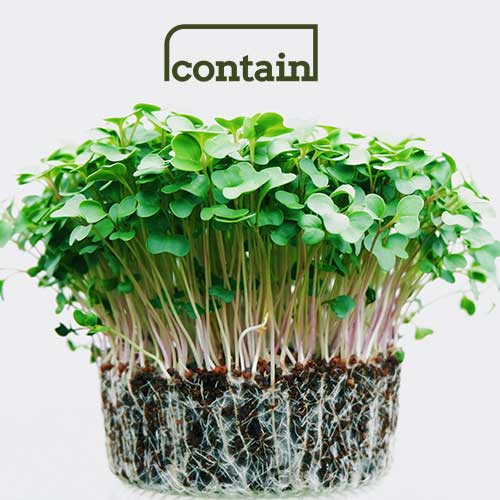June 19, 2025
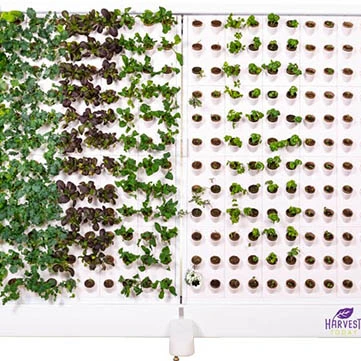
The indoor agriculture industry is pivoting as high-profile vertical farming failures force tech manufacturers to reevaluate their business strategies. While billion-dollar vertical farms struggle with economic realities, innovative companies are discovering new opportunities by pivoting to new crops, vertical integration, and home gardening systems.
The Vertical Farming Reckoning Continues
The commercial indoor agriculture sector faced another major setback in 2025 with Plenty Unlimited’s Chapter 11 bankruptcy filing in March. Despite raising nearly $1 billion in funding from investors including Jeff Bezos, SoftBank, and Walmart, Plenty could not overcome the fundamental economic challenges plaguing the industry. The company emerged from bankruptcy in May 2025 but only after closing its Compton, California leafy greens facility and pivoting entirely to strawberry production at its Richmond, Virginia farm.
Examples of Vertical Farm Bankruptcies and Closures
| Company Name | Closure/Bankruptcy Date | Source |
| Bowery Farming | November 2024 | Link |
| Plenty Unlimited | March 2025 | Link |
| AeroFarms | June 2023 | Link |
| Kalera | April 2023 | Link |
| AppHarvest | July 2023 | Link |
Plenty’s struggles join a growing list of vertical farming failures that have reshaped the industry landscape. Bowery Farming, once valued at $2.3 billion, ceased all operations in November 2024 after raising over $700 million in venture capital. The company struggled with weak demand for premium-priced products and yield disruptions caused by plant disease outbreaks across multiple facilities. These failures join AeroFarms, Kalera, and AppHarvest, all of which filed for bankruptcy between 2022-2024.
Strategic Pivots Drive Industry Evolution
In response, tech manufacturers who previously focused on supplying to vertical farmers are now exploring alternative markets and crop types that offer better economics. This shift is creating three distinct pivot strategies: more crop specialization (like berries and mushrooms), vertical integration, and direct-to-consumer markets.
Mental Health Drives the Gardening Renaissance
While commercial vertical farms struggled over recent years, home gardening experienced what industry observers describe as a “big comeback” reminiscent of the 1970s-80s houseplant boom. This resurgence is partially powered by research demonstrating gardening’s profound impact on mental health and well-being.
Recent Michigan State University research published in People and Nature demonstrates that participating in community gardening bolsters mental and social well-being through caring for plants, connecting to nature and feeling a sense of accomplishment. The findings are particularly striking for young participants, who show a 50% improvement in social skills through gardening programs. Perhaps most importantly, these therapeutic benefits extend three months beyond program completion, indicating lasting mental health improvements.
The shift in gardening motivations reflects this mental health focus. According to a major study conducted by the Floral Marketing Fund, “consumers felt plants helped them throughout the pandemic to deal with stressful thoughts and feelings. This is where the pandemic changed everything”. Mental health and relaxation have emerged as the top motivating factors for both established and new gardeners. Research consistently shows that gardening activities reduce cortisol levels and contribute to decreased depression, anxiety, and BMI while increasing life satisfaction and quality of life.
Younger Generations Lead the Charge
The home gardening market is growing; nearly four in 10 gardeners plan to invest more money and time into their gardens in 2025. The gardening renaissance is being driven primarily by younger demographics, with Gen Z and Millennials showing unprecedented engagement levels.
According to the National Gardening Association, 28% of Americans ages 18-44 participated in indoor plant gardening in 2021. This trend has only accelerated, with Millennials and Gen Z fueling the boom in houseplant popularity. Social media has played a significant role, with platforms like TikTok and Instagram showcasing a surge in gardening content among these generations.
The pandemic catalyzed this trend, with Millennials experiencing a 65% increase in gardening participation and Gen Z seeing a 44% increase during 2020-2021. Importantly, this engagement has persisted well beyond the initial lockdown period.
Source: Axiom 2025 Gardening Outlook Study
Rural migration among these demographics creates ideal conditions for expanded gardening activities. About 63% of rural counties gained residents aged 25-44 between 2020-2023, compared to just 27% during 2010-2013. Remote work capabilities and affordable housing drive young Americans to rural areas where larger properties accommodate bigger growing systems.
Source: Business Insider / USDA
Harvest Today: Commercial-Grade Home Solutions
Colorado-based Harvest Today exemplifies this expansion into home markets. Founded by Rick Langille after selling a successful electronics company, the company focuses mostly on commercial installations but expanded into home growing as customers repeatedly requested smaller-scale solutions. As Global Director Sales & Marketing Peter Maher explained in a recent interview, “What’s helping us and the entire industry right now is there’s a lot of momentum behind people that agree that our food system is a little broken, or, in some cases, very, very broken”.
Harvest Today’s product lineup demonstrates how manufacturers are adapting commercial technologies for home use. Their 54-port Harvest Wall, priced at $2,000 with lighting and requiring just four square feet of space, can meet FDA-recommended leafy green intake for a family of four according to the company. For larger operations, the company offers a 720-plant Mega Wall system for $15,000-20,000 that produces over 2,000 pounds of food annually in around 40 square feet.
The company plans to introduce a more accessible 36-plant system for $799 in 2025, targeting urban apartment dwellers with limited space. All systems use the company’s Vertigation™ technology, requiring 97% less water than traditional farming while eliminating pesticides entirely.
Established Players Adapt Strategies
Major companies are also recognizing these trends. Hawthorne Gardening Company, formed in 2014 as Scotts Miracle-Gro’s subsidiary for cannabis growers, has invested over $250 million in hydroponic technologies and now serves both commercial and home growing markets. However, the volatile cannabis business has led Scotts to consider separating this division as the anticipated surge in sales has not materialized as expected.
Other players include EarthBox with their self-watering container systems, Tower Garden’s aeroponic setups supporting up to 32 plants, and various smaller manufacturers offering solutions ranging from simple raised beds to sophisticated vertical systems.
Community-Based Food Production Emerges
As both rural migration and home gardening trends continue, industry observers anticipate increased community-based food production. Maher envisions a future where “mega-farms struggle to survive, replaced by a lot more small to medium-sized community farms”. This vision aligns with documented shifts toward local food systems and community resilience.
The modern homesteaders, as Maher describes them, focus on “taking ownership of their food source,” with health benefits being “just ancillary benefits”. This motivation transcends simple cost savings, reflecting deeper concerns about food quality, nutritional content, and supply chain reliability.
Harvest Today’s systems exemplify this trend, with their home walls often becoming “gateway drugs” to community farming as users produce surplus for neighbors and farmers’ markets. The company currently collaborates with Houston Independent School District on a pilot program that could scale to serve 276 schools using Harvest Wall arrays.
Looking Forward: A Sustainable Path
The convergence of vertical farming struggles and home gardening’s resurgence represents more than parallel trends—it suggests a fundamental shift toward distributed, community-based food production. As remote work continues enabling rural migration and mental health awareness drives gardening adoption, equipment manufacturers are discovering sustainable growth paths in accessible, proven technologies.
The statistics paint a compelling picture: 81% of American households now participate in gardening activities, 10% higher than pre-COVID levels. Young consumers provide enthusiastic adoption of new technologies, rural properties offer space for larger systems, and documented mental health benefits create lasting motivation beyond economic factors.As Maher concluded in reflecting on the industry’s future, “The American family farm has to come back. Whether it’s inside, outside, it’s got to come back, and I think this is a big step in the right direction of bringing it back”. At least one path forward lies not in massive facilities but in countless small systems, from apartment balconies to rural homesteads, where the next generation of farmers is already growing.
Disclaimer
Featured image courtesy of Harvest Today.
The information provided on this blog is for general informational purposes only. It is not intended to be a comprehensive analysis of the securities, markets, or developments referred to. While we strive to ensure the accuracy and reliability of the information, the content of this blog does not constitute financial advice, investment advice, trading advice, or any other advice. You should not treat any of the blog’s content as such.
We do not recommend that any securities listed or discussed be bought, sold, or held by you. Nothing on this blog should be taken as an offer to buy, sell, or hold securities. Please conduct your own due diligence and consult with a qualified financial advisor before making any investment decisions.
Forward-looking statements made in this blog are only predictions and are subject to risks, uncertainties, and assumptions that are difficult to predict. Therefore, actual results may differ materially from those expressed in forward-looking statements. We expressly disclaim any obligation to update or alter statements whether as a result of new information, future events or otherwise, except as required by law.

August Indoor Ag Update: M&A Galore & Indoor Specialty Crops Funding

July Indoor Ag Update: Acquisitions Accelerate & Funding Returns

Five Farms Making a Go of Indoor Agriculture

Dyson’s 250% Yield Breakthrough Headlines June AgTech: Vertical Farming Advances, M&A Activity, and Industry Setbacks

Indoor Agriculture Pivots to Home Gardens as Vertical Farming Failures Drive Strategic Reevaluation
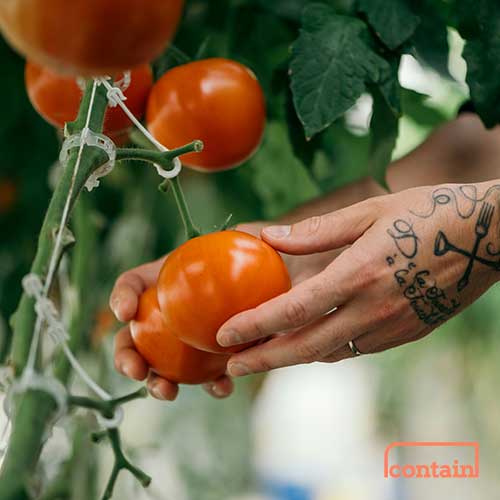
Zordi Series B and May 2025 Indoor Agriculture Developments
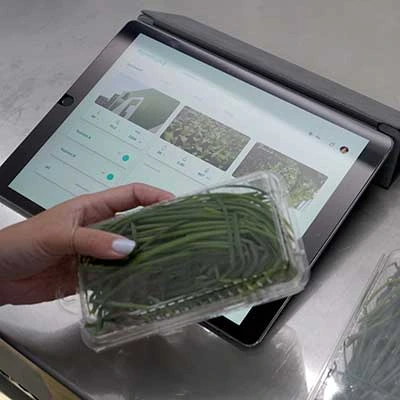
Freight Farms Bankruptcy and iUNU’s $20M Raise Highlight April’s Indoor Ag Contrasts
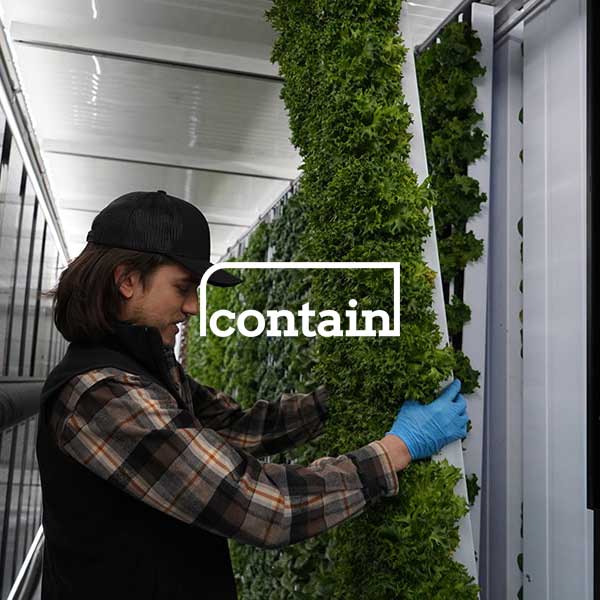
Freight Farms Resources: Indoor Ag Companies Stepping Up to Support Freight Farmers
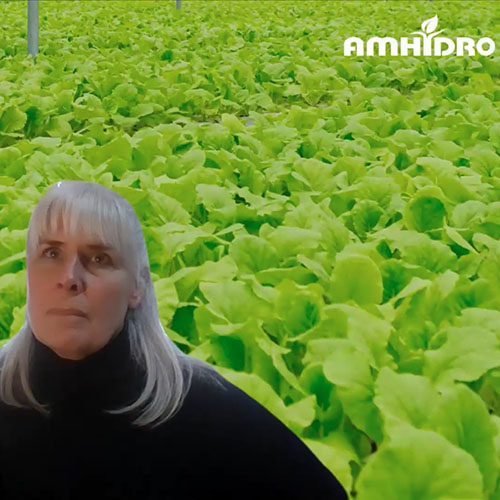
How to Finance Your Hydroponic Project in 2025: Finding Opportunity in a Shifting Market
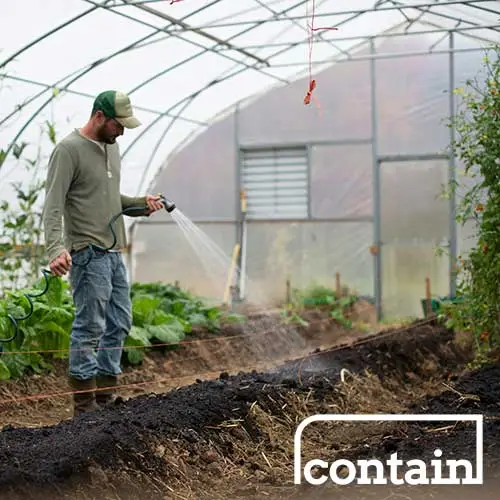
Indoor Ag’s New Reality: Practical Advice from Investment Banker Adam Bergman
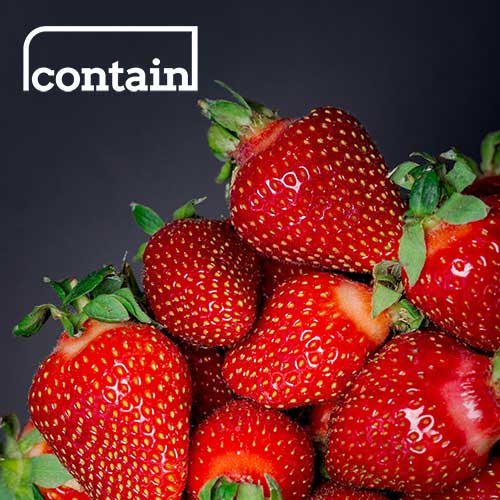
Plenty Unlimited bankruptcy dominates March’s indoor ag news, overshadowing new farm plans
